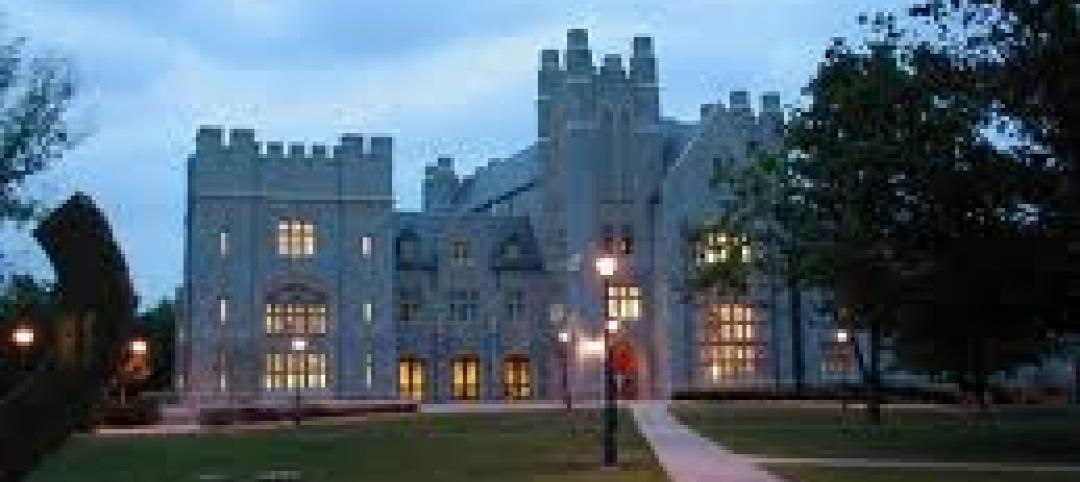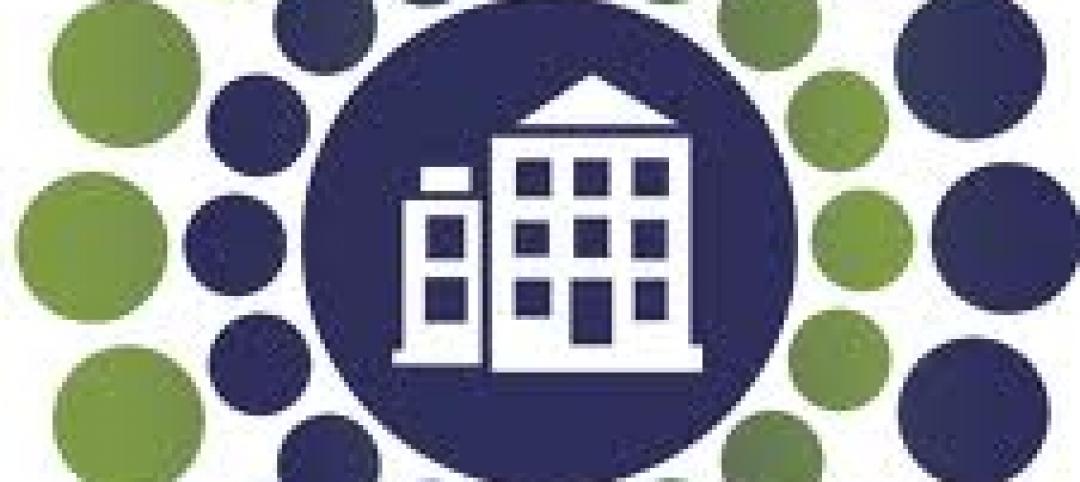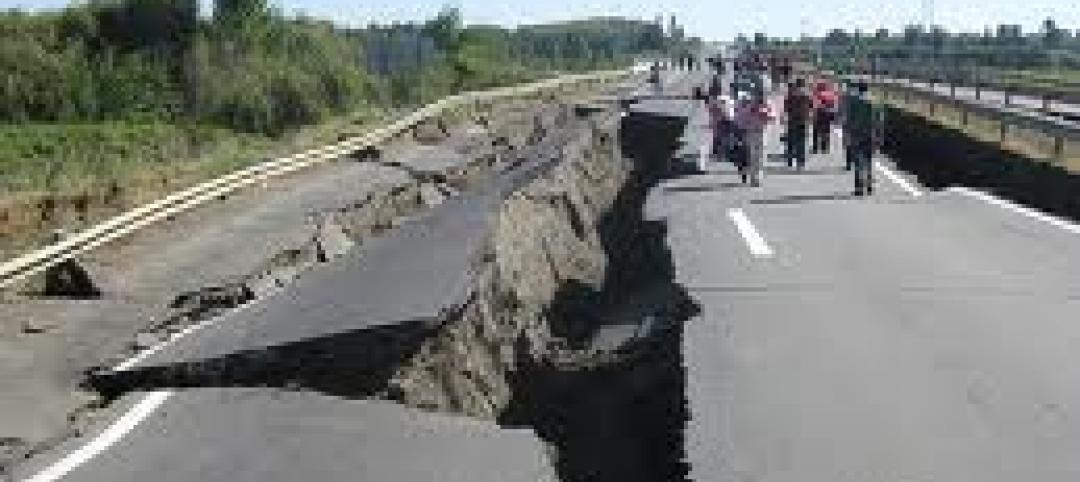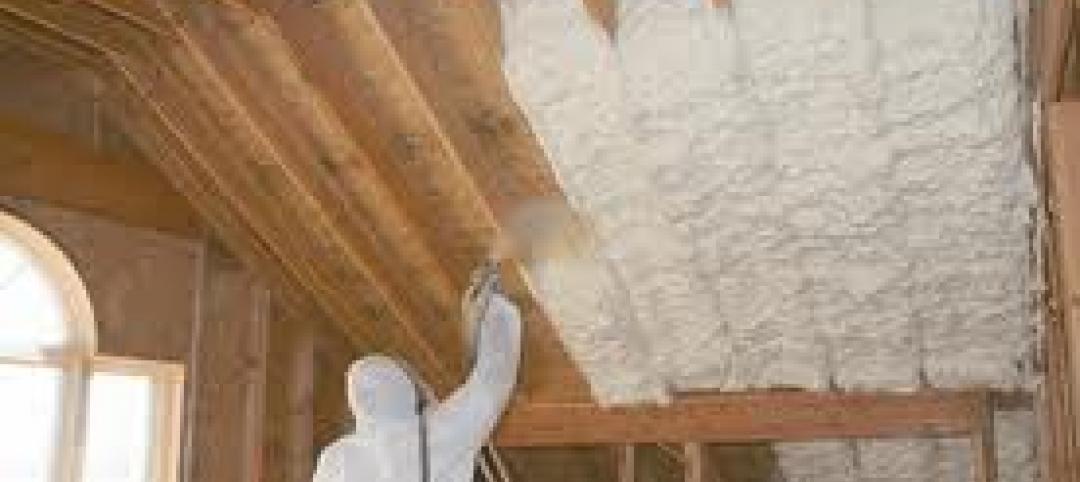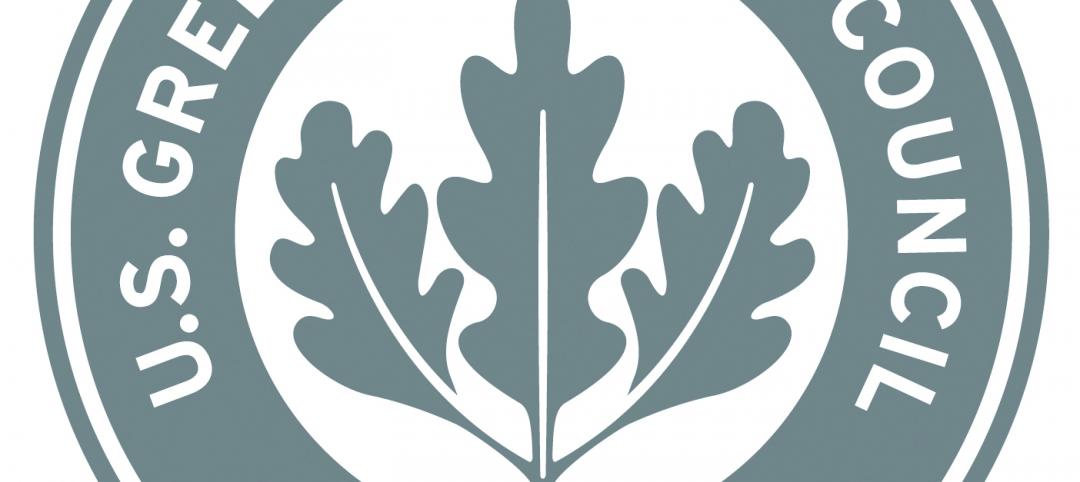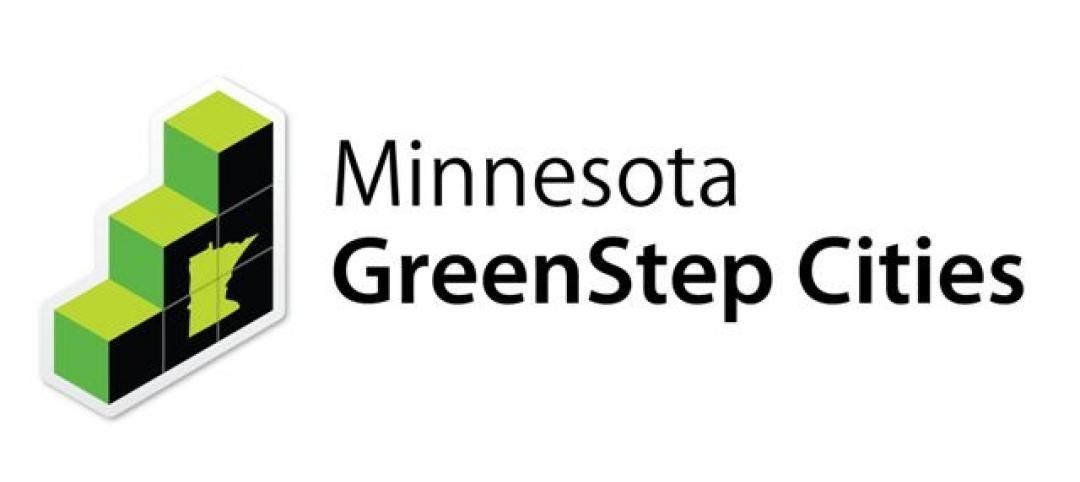The U.S Green Building Council’s (USGBC’s) 2021 World Green Building Trends report shows that building industry firms are looking to make the construction of net-zero/net-positive buildings a top priority.
“This reflects the recognition that only by making the built environment carbon-neutral can the goal to minimize the impacts of climate change be achieved,” according to a USGBC news release. More than 1,200 industry professionals, including engineers, architects/designers, contractors, owners, developers, inventors, and consultants around the world responded to the survey.
The findings also demonstrate a compelling business case for building green. The average reduction in operating costs for the first 12 months in a new green building is 10.5%, and five-year cost savings are 16.9%, according to survey results.
Other findings include:
· The pandemic impacted the green building sector with many respondents saying that messaging about increasing filtered air exchange in buildings directly influenced their choice of HVAC system, and social distancing standards affected building design.
· More than half of those that work on a majority of green projects plan to incorporate resilience strategies into their projects in the next five years.
· Most respondents (82%) are at least aware of the concept of embodied carbon – emissions from manufacture, transportation, installation, maintenance, and disposal of building materials – with contractors and owners less familiar than architects and engineers. The majority (79%) of those building green use at least one metric to track green building performance, an increase of five points since 2018.
· About half of respondents engage in green renovation/retrofit projects, with most investors engaged in this work.
Related Stories
| Jan 26, 2012
Industry challenges Connecticut's suit over defective construction work
The dispute arose over multimillion-dollar leaks at the University of Connecticut's law library.
| Jan 26, 2012
Earthquake 'fuse' could save buildings during temblors
The idea is to use an earthquake "fuse" that can prevent the tiny fractures and warps that make structures unsafe after a quake and very expensive to repair.
| Jan 26, 2012
HPD open materials standard for green building materials gains momentum
GreenWizard, provider of a cloud-based product management and project collaboration software, is the latest industry participant to sign on
| Jan 26, 2012
Siemens launches smoke detection knowledge center
New knowledge center web site demonstrates efficacy of smoke detection.
| Jan 18, 2012
Chile's seismic code upgrades credited with saving lives in 2010 quake
Since 1960, when Chile suffered a 9.5 magnitude quake, the largest ever recorded; the country has steadily improved building codes to protect lives and property.
| Jan 18, 2012
Report analyzes residential hurricane codes in 18 states
The Insurance Institute for Business & Home Safety (IBHS) released a new report analyzing residential building codes in 18 hurricane-prone coastal states along the Gulf of Mexico and the Atlantic Coast.
| Jan 18, 2012
Death in Chicago high-rise apartment fire blamed on fire code
The death of a Chicago woman who stepped off her elevator into a blazing inferno last week has underscored the need for fire sensors in elevators.
| Jan 18, 2012
California approves open cell spray foam for energy efficiency standards
The California Energy Commission (CEC) now recognizes open-cell spray foam as an accepted insulation in its 2008 Building Energy Efficiency Standards.
| Jan 5, 2012
Building to LEED standards now an 'easy call' from cost standpoint
Once seen as a cost burden, building to LEED standards is now an "easy call," according to Dan Probst, chairman of energy and sustainability for real estate management and development firm Jones Lang LaSalle.
| Jan 5, 2012
Minnesota's GreenStep Cities program aids communities in winning grants
GreenStep Cities, a Minnesota initiative, was designed to provide greater recognition to the state's communities for achievements in meeting sustainability standards and goals.



